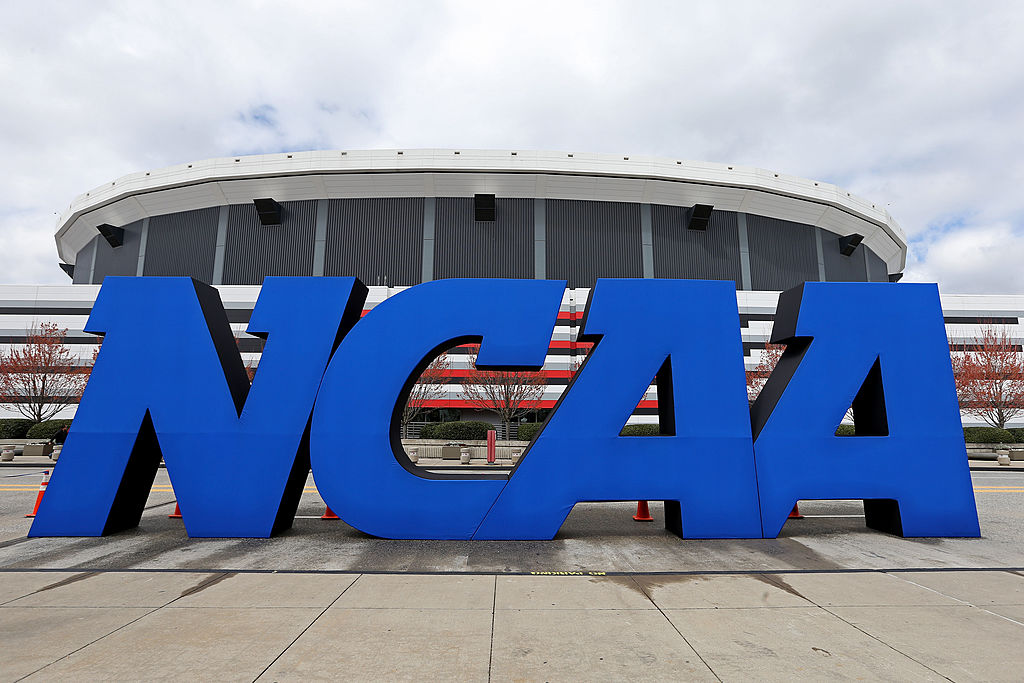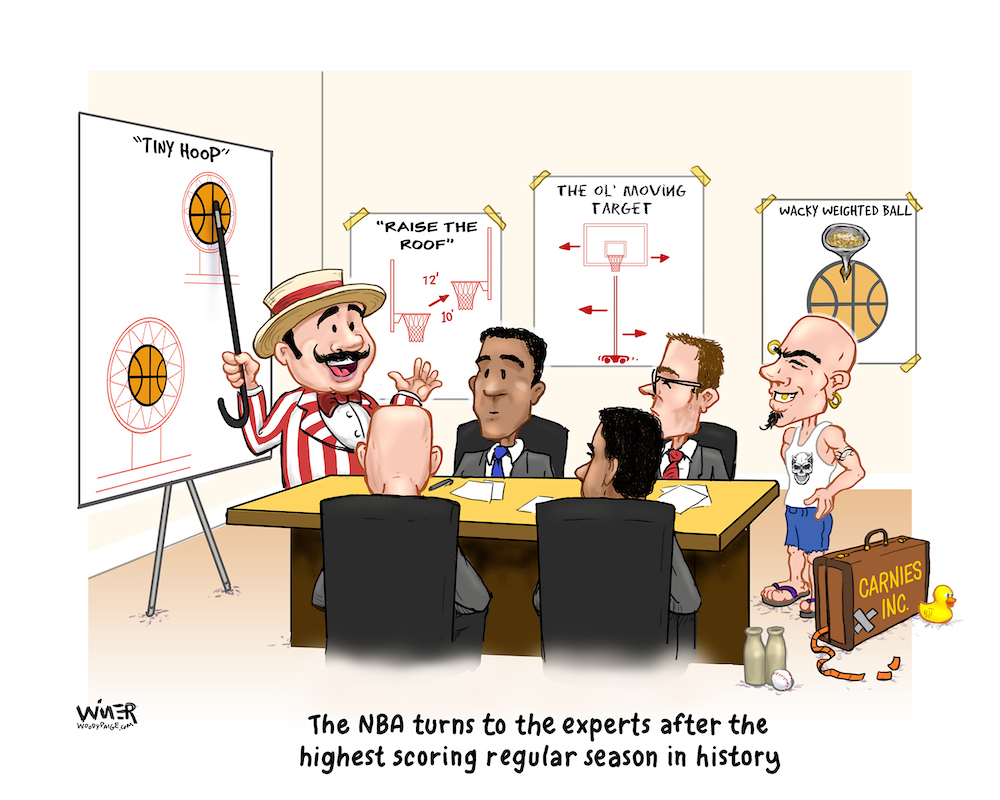Like it or not, technology has changed – and continues to change – professional sports.
All of them.
None more so than baseball, which for decades was the sport most resistant to change of any sort. Now, the rules of baseball seem to be changing almost every year.
The biggest change in pro sports has been of course, the use of instant replay. Football – at both the college and professional levels – was the first to add replay. The NFL did so in 1999 and college football followed suit in 2006. Try as they might, baseball couldn’t simply turn a blind eye to the advantages of replay. But it took awhile.
While under constant scrutiny, MLB still held out for 15 years — even when it was clear that replay was needed.
The leagues initially adopted the use of replay on a limited basis to determined “boundary” plays (fair or foul, over the fence or not, etc.) in 2008. Even then, the powers that be would still not agree to use it to clarify whether or not an umpire’s judgment call on the bases was correct or not.
It took a shove. The biggest one came in June of 2010, when Detroit pitcher Armando Galarraga lost his bid for a perfect game with two outs in the ninth inning on a blown call at first base by veteran umpire Jim Joyce.
The current replay system would have rightly changed baseball history that day.

In 2014, three and a half seasons after Galarraga’s “imperfect game,” the current instant replay system was finally put into place. The ability to challenge calls on the base paths has resulted in the near eradication of arguments between managers and base umpires.
Five seasons later those heated exchanges have not stopped entirely. It’s now the home plate ump who’s become the sole object of the wrath of players, coaches, and fans. Much of that is because technology now allows viewers at home (and back in the clubhouses) to see if a pitch is accurately called a ball or a strike.
Calling balls and strikes has always been an inexact science for even the best big league umpires. But now, every time an umpire makes an error, even on a razor close call, everyone knows it. Calls that we used to think were wrong we can now prove were wrong. Hence the growing support for the use of the so-called electronic strike zone, or “robot umpires.”
No one expects the home plate umpire to be replaced by an actual robot anytime soon, but that hasn’t stopped MLB from looking at the options that are out there.
Fortunately, they have a testing ground where they can tinker. When it comes to gauging the effects of any potential rule changes, baseball has the benefit of minor leagues and even independent leagues that can become a laboratory of sorts for experimentation for subtle AND radical rule modifications.
MLB can see the effects of change in action before it’s even considered for the higher levels.
So it’s here that baseball is experimenting with that electronic strike zone. They’re trying a system called “Trackman” in the independent Atlantic League, with so far, very mixed results. It’s equipment baseball already has, so it’s getting tried first. Trackman may be on the right track, but it’s still imperfect, dealing with numerous glitches.
There’s little doubt, however, that some improved form of an electronic or “robot” umpire is coming.
Sooner rather than later.
And when it finally arrives, hitters are going to HATE it.
Sure, today MLB hitters often (sometimes correctly) gripe about the inconsistency of the human strike zone. There are numerous occasions in every game where a batter is called out on a pitch that wasn’t a strike – according to the electronic strike zone on your TV. Batters want to know early in a game what pitches the home plate ump is going to be calling that night. They want a consistent zone. It’s a fair request.
Therefore, in theory at least, hitters should welcome the consistency that’s sure to come with a robo ump. But they’ll learn very quickly that they should be careful what they wish for.
An electronic strike zone is going to be a bigger strike zone, across the board. It’s going to take away much of a hitter’s ability to “work the count” and take pitches that are just a millimeter off the plate trying to gain an advantage. Why? Because any pitches in question, if they simply nick the electronic strike zone beam, no matter where they end up, are now going to be strikes.
Baseball rules have always stated that if “any part of the ball touches any part of the plate” the pitch is deemed a strike. That means the 17-inch wide plate is actually going to play much closer to 24 inches wide, when you factor in the black edges on both sides (+ ¾ inch each) and a ball width (+2¾ inches) on both sides. Remember, only a small fraction of a ball will have to nick the electronic beam/border line in order to set off the “strike” alert.
And pitches high in the strike zone – pitches that are today very rarely called a strike and are very difficult for most batters to hit – are going to be called strikes. Imagine a flame throwing pitcher who can consistently throw a chest high 96 mile and hour fastball. The electronic strike zone – the rule book strike zone – will identify that as a strike. So who’s going to be able to hit it?
We’ll find out.
While the Atlantic League’s system is not ready for Major League use, expect further experimentation, perhaps in the Arizona Fall League or other MLB owned or contracted minor league situations. When the right system is perfected, when MLB thinks they have nailed it down, the electronic strike zone will become part of Major League Baseball.
Big league hitters had better hope those days aren’t eminent.

Listen to Mark Knudson on Monday’s at 12:30 with Brady Hull on AM 1310 KFKA and on Saturday mornings at 8am on “Klahr and Kompany” on AM 1600 ESPN Denver.

















I hope all umpires get replaced by robots. Tired of the crappy attitudes of these guys. Angel Hernandez, Joe West and all the rest. Back up the truck.
Too bad umps on every level, from Little League to the big leagues don’t get replaced.
If you haven’t noticed, I don’t care for umpires.